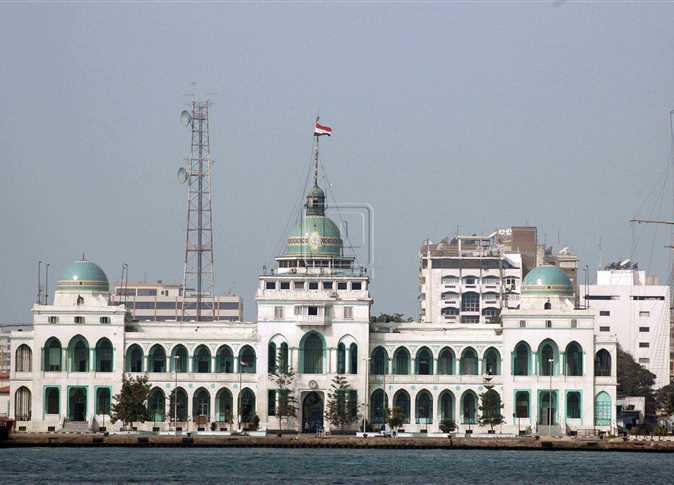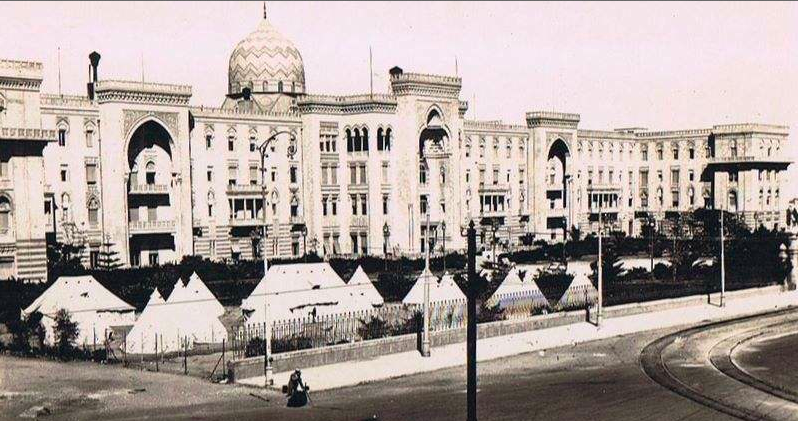
The tragedy of Madam Margaret Fahmy — or Mounira Fahmy as she later named herself — has been told before. The story of the French woman who killed her Egyptian husband, Prince Ali Fahmy, following an intense relationship, in fact, inspired so many plays, films, books and articles that it seems strange for renowned journalist Salah Eissa to write a 295-page book about how such a well-known love affair turned bitter.
“Ma’sat Madam Fahmy” (The Tragedy of Madam Fahmy) tells the story of Margaret shooting Prince Ali in 1923, following a five-year romance that united the French mistress and the ten-years-younger Egyptian heir. But what makes Eissa’s storytelling different from previous narratives is how he situates the events in a larger context and the state of the world affairs at the time, making “Ma’sat Madam Fahmy” a fulfilling socioeconomic review for the average reader.
One can recognize Eissa’s unmistakable style from the first page. The dramatic names of the book’s ten chapters, including “Bullets in the Storm,” “Forbidden Weapons of Love,” and “Lovers’ Kisses and the Clash of Civilizations,” give readers a hint of what to expect from this page-turner. A quick skim through the book also shows great use of relevant photographs and illustrations that Eissa collected from different newspaper and magazine archives over the years.
Reading through the first few pages, this reviewer was surprised to see how the events surrounding the story in the 1920s strangely resemble those Egypt is experiencing now. As Eissa describes the years following the 1919 revolution and World War I, he writes about how the sacrifices of the martyrs hadn’t paid off, how demonstrations still erupted every now and then, and how people started feeling they were in control of their own destinies. One can only assume that the author’s description and subtle comparison are intentional.
Eissa's book is full of details, varying from the sales of Egyptian cotton, to the plays showing in local theater houses where actors rose to stardom, to where the social elite chose to spend their time, to the habits of the third generation of the Egyptian upper class. Eissa extensively quotes the British Controller General of Egypt, Lord Cromer, who said in a 1900 report, “Excessive gambling has led to the destruction of many of the young men of the upper class, while the rest ended up broke.” Cromer also commented on the Egyptian elite’s excessive drinking habits, which exceeded their European counterparts.
The author also explains the political scene at the time in his usual entertaining way. He cites certain characters and events that influenced the relationship between the couple, reflecting on the struggle between occupied Egypt and Europe, and how following the 1919 revolution Egyptians were eager to prove their worth to the rest of the world. He argues that within that context, Egyptian men were keen on dominating European women who found in these exotic Middle Eastern men a challenge and money vault at the same time.
The second half of “Ma’sat Madam Fahmy” deals with the aftermath of the murder, explaining how Margaret’s defense lawyer highlighted cultural differences between the two lovers to save her from the death penalty. Ali, the lawyer argued, suffered from an inferiority complex that made him resort to savage ways of punishing and humiliating his European wife, and thus her use of violence was to defend herself. Margaret had shot Ali dead in London's Savoy Hotel with a gun bearing her initials that he'd bought her as a gift.
Eissa’s colorful and rich description succeeds in taking readers to the extravagant nightclubs and casinos of Paris, the lavish lobbies of the Shepheard and Semiramis hotels in Cairo, and the exotic nights near the newly discovered tomb of King Tut.
The characters are carefully painted within their environment, and the author puts great effort into researching their backgrounds and upbringings, explaining how these factors affected their actions and motives. This might feel repetitive at times but is not enough to ruin the story.
No one is a saint in this tale: Ali is portrayed as a spoiled heir of a great fortune, which he spends carelessly. He is also shown to be manipulative and cruel when dealing with less fortunate people. Margaret is shown as a woman with no morals, willing to sleep with whoever pays the most. But at the same time, they both seem to express strange tenderness toward one another, mixing passionate lovemaking with excessive violence.
Eissa does not adequately reference the information in book, so if you wish to explore a certain incident he mentions, you are mostly on your own.
If you enjoy “Ma’sat Madam Fahmy,” you would probably also enjoy Eissa's “Regal Raya wa Sekina” (The Men of Raya and Sekina).




